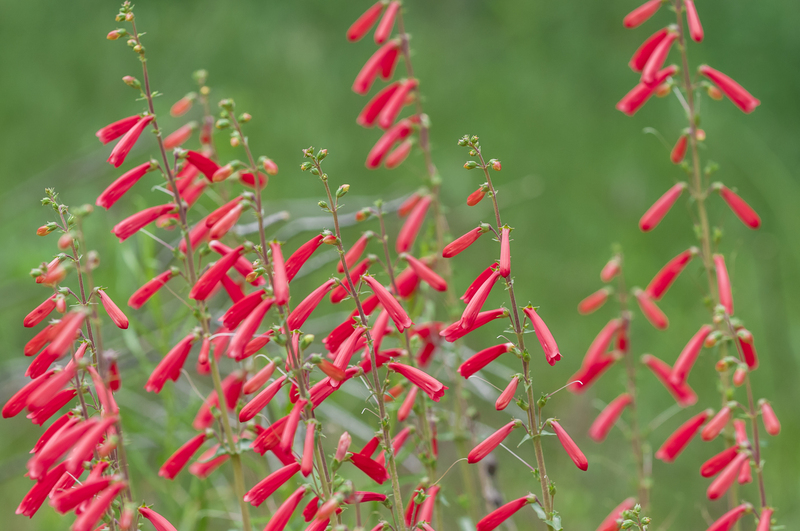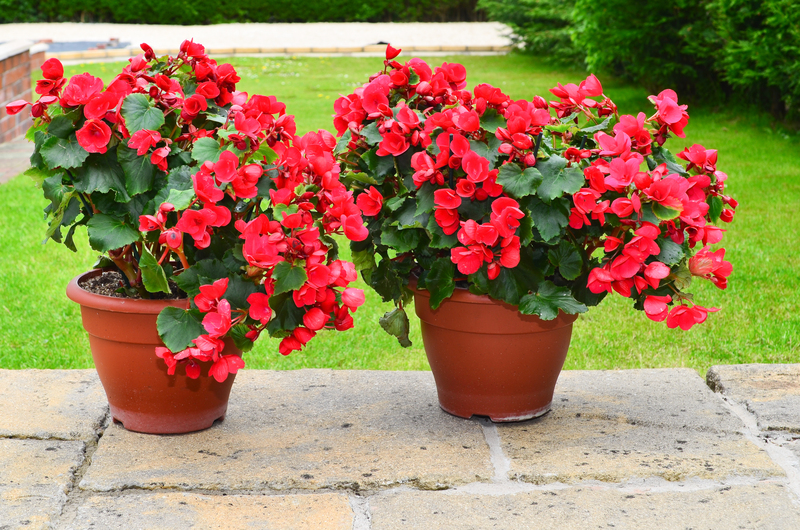Effective Weed Management Techniques
Posted on 11/02/2025
When it comes to maintaining a lush, healthy garden or farm, your approach to weed management can make a significant difference. Weeds, if left uncontrolled, can outcompete your desirable plants for nutrients, water, and sunlight, leading to reduced yields and diminished plant health. Successful weed management combines various techniques, from cultural practices to the utilization of herbicides. This article explores some of the most effective weed management techniques available today.
1. Cultural Control
Cultural control involves modifying farming or gardening practices to suppress weeds. This technique hinges on the principle that a healthy, competitive plant community can outcompete weeds. Key strategies include:
1. Crop Rotation: Planting different crops in sequential seasons can disrupt the life cycles of weeds, making it harder for them to establish and proliferate.
2. Cover Crops: Growing cover crops such as clover or rye in the off-season can smother weeds, reduce soil erosion, and add organic matter to the soil.
3. Proper Spacing: Densely planting crops can reduce the amount of sunlight reaching the soil, thus inhibiting the germination of weed seeds.

2. Mechanical Control
Mechanical control methods physically remove or disturb weeds. These methods often require labor but can be highly effective:
1. Hand Weeding: Ideal for small gardens, pulling weeds by hand ensures immediate removal. This technique works best for young weeds.
2. Hoeing: A hoe can cut off weeds at the soil surface, disrupting their root systems. Regular hoeing can prevent weeds from maturing and setting seeds.
3. Mulching: Applying a layer of mulch around your plants can inhibit weed growth by blocking light. Organic mulches, such as straw or wood chips, can also improve soil health as they decompose.
3. Chemical Control
Herbicides are chemicals specifically designed to kill or inhibit the growth of weeds. While effective, they require careful application:
1. Pre-emergent Herbicides: Applied before weed seeds germinate, these herbicides form a barrier that prevents weed growth. They are beneficial for preventing annual weeds.
2. Post-emergent Herbicides: These are used on existing weeds. Selective herbicides target specific types of weeds without harming crops, whereas non-selective herbicides kill all vegetation they contact.
3. Integrated Pest Management (IPM): Using herbicides as part of an IPM strategy can minimize chemical use while maximizing effectiveness. IPM combines cultural, mechanical, and chemical controls tailored to specific weed problems.
4. Biological Control
Biological control uses living organisms to suppress weed populations naturally:
1. Grazing Animals: Livestock like goats can be used to graze on weedy plots, reducing weed biomass.
2. Insects and Pathogens: Certain insects and microbes specifically target weeds, weakening or killing them. Examples include using the Galerucella beetle to control purple loosestrife or specific fungi to target invasive thistles.
3. Allelopathy: Some plants release natural chemicals that inhibit the growth of nearby weeds. Interplanting such plants can provide a biological approach to weed management.
Pros and Cons of Weed Management Techniques
Pros
1. Cultural Control: Enhances soil health, environmentally friendly, often low cost.
2. Mechanical Control: Immediate results, zero chemical use, environmentally sustainable.
3. Chemical Control: Highly effective, quick results, convenient for large areas.
4. Biological Control: Sustainable in the long-term, environmentally friendly, promotes biodiversity.
Cons
1. Cultural Control: Can be time-consuming, may require significant knowledge and planning.
2. Mechanical Control: Labor-intensive, may require specialized equipment, not suitable for large areas.
3. Chemical Control: Potential for environmental harm, residual effects, and resistance issues.
4. Biological Control: Sometimes slow-acting, can be specific to certain weed species, may require ongoing management.
Tips for Effective Weed Management
1. Regular Monitoring: Regularly inspect your fields or gardens to identify and address weed problems early.
2. Soil Testing: Regular soil tests can help determine the best cultural practices to suppress weeds naturally.
3. Diversify Techniques: Combining multiple management techniques often yields better results than relying on a single method.
4. Record Keeping: Document the effectiveness of different strategies to inform future management plans.

Takeaways
Effective weed management is essential for healthy plant growth and maximizing yields. While there are various methods to control weeds, the key lies in integrating multiple approaches customized to your specific needs. From cultural practices and mechanical methods to chemical and biological controls, each technique offers unique benefits and challenges.
Conclusion
Balancing the pros and cons of each weed management technique can be daunting, but a strategic combination of different methods offers the best results. By being proactive and adapting your approach as needed, you can maintain a healthy and productive garden or farm. Remember, effective weed management is not about completely eradicating weeds but keeping their population under control to allow your desired plants to thrive.



